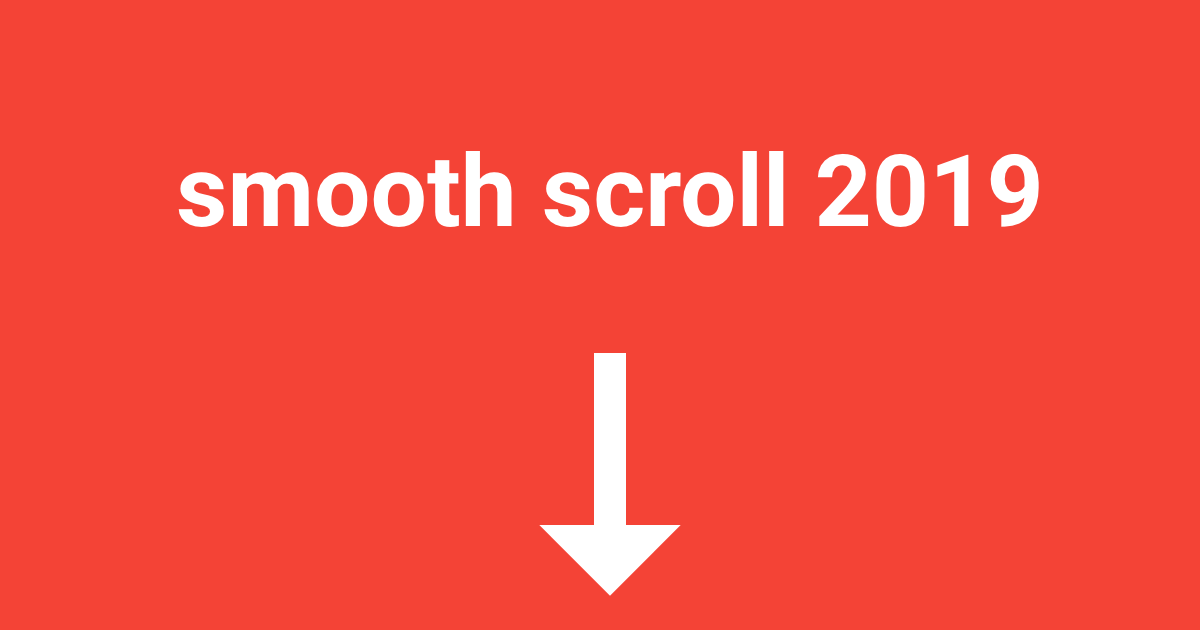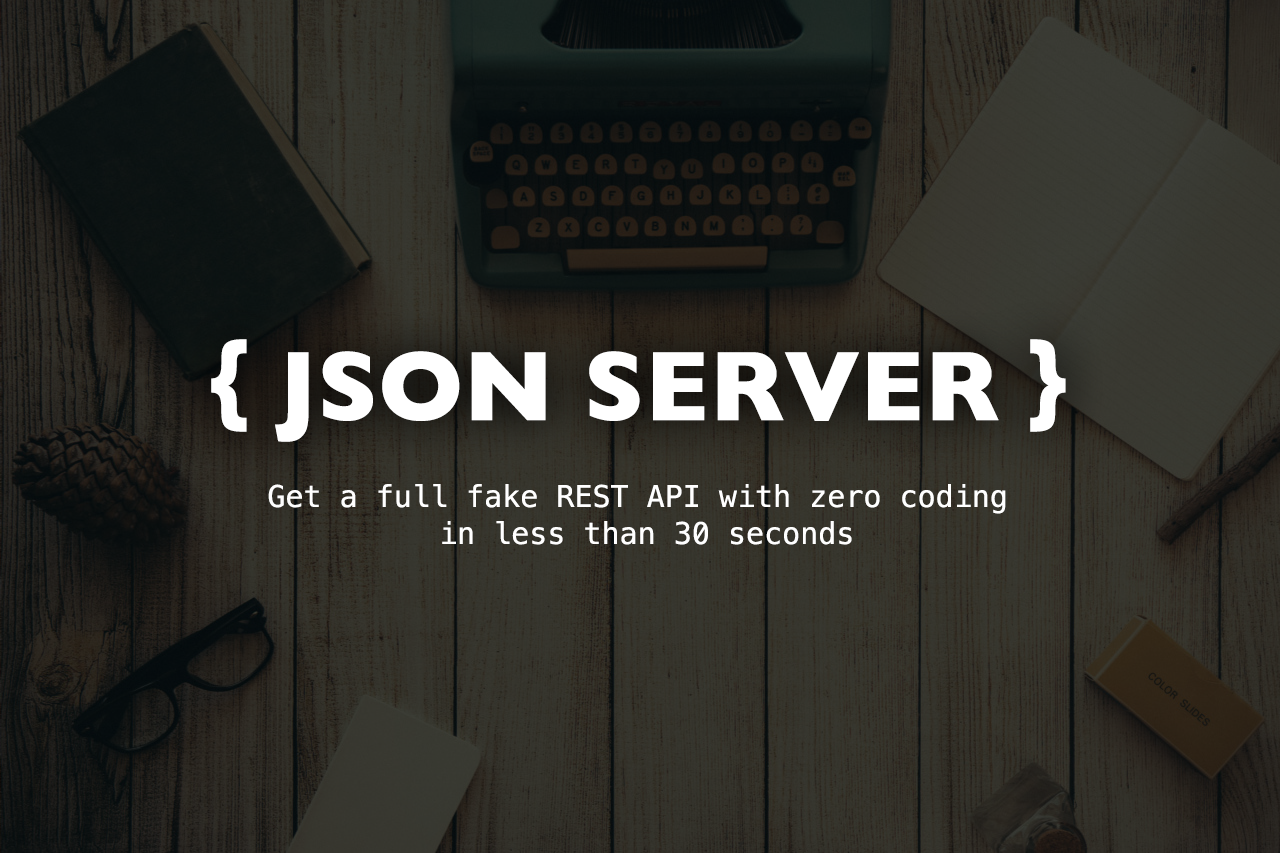連載目次 : React入門
前回の記事 : Reactで作るTODOアプリ後編
今回は情報を前回作成したTODOアプリをAjaxで取得・更新が行えるように改造していきます。
あくまで練習なのでAPIにはJSON Serverを利用します。
環境構築
まずは「Create React App」を利用して環境を構築していきます。
以下のコマンドでReactのインストールを行います。
create-react-app todo-app-ajax
cd todo-app-ajax
npm install
npm startこれで http://localhost:3000 でReactアプリの表示が可能になります。
次にJSON Serverの設定を行います。
以下のコマンドでJSON Serverのインストールを行い、
npm install --save-dev json-serverdb.json というファイル名で以下のようなJSONファイルを作成します。
{
"todos": [
{
"id": 1,
"title": "JavaScript覚える"
},
{
"id": 2,
"title": "jQuery覚える"
}
]
}標準では3000番ポートで立ち上がってしまうので、以下のコマンドで3001番ポートで立ち上がるように設定しています。
npx json-server --watch db.json --port 3001App.jsは以下のように設定します。
import React, { Component } from 'react';
class App extends Component {
constructor(props){
super(props);
this.state = {
todo: []
};
this.addTodo = this.addTodo.bind(this);
}
// 初期値の設定
componentWillMount(){
this.fetchResponse();
}
// リストの更新
fetchResponse(){
fetch('http://localhost:3001/todos')
.then( res => res.json() )
.then( res => {
this.setState({
todo : res
});
})
}
// 新規追加
addTodo() {
fetch('http://localhost:3001/todos', {
method: 'POST',
body: JSON.stringify({
title: this.refs.newText.value
}),
headers: new Headers({ 'Content-type' : 'application/json' })
}).then( () => {
// リストの更新
this.fetchResponse();
// 値の初期化
this.refs.newText.value = "";
})
}
// 編集機能
updateTodo(todo) {
fetch(`http://localhost:3001/todos/${todo.id}`, {
method: 'PUT',
body: JSON.stringify({
id: todo.id,
title: todo.title
}),
headers: new Headers({ 'Content-type' : 'application/json' })
})
}
// 削除機能
deleteTodo(todo) {
fetch(`http://localhost:3001/todos/${todo.id}`, {
method: 'DELETE'
}).then( () => {
const todos = this.state.todo.filter(item => item.id !== todo.id)
// 保存
this.setState({
todo : todos
});
})
}
render() {
return (
<div>
<h1>TODOアプリ</h1>
<ul>
{this.state.todo.map( todo => (
<li key={todo.id}>
<input type="text" defaultValue={todo.title} onChange={e => todo.title = e.target.value} />
<input type="button" value="編集" onClick={() => this.updateTodo(todo)}/>
<input type="button" value="削除" onClick={() => this.deleteTodo(todo)}/>
</li>
))}
</ul>
<input type="text" ref="newText" /> <input type="button" value="追加" onClick={this.addTodo} />
</div>
);
}
}
export default App; 各メソッドは以下のような内容になっています。
JSX部分
JSXでは現在のStateをli要素で表示して、値を入力フィールドに代入しています。
編集ボタンを押下時にupdateTodoメソッドを実行して、編集時にdeleteTodoメソッドを実行しています。
また、追加ボタン押下時にaddTodoメソッドを実行してTODOを追加しています。
render() {
return (</code></pre>
<div>
<h1>TODOアプリ</h1>
<ul>
{this.state.todo.map( todo => (
<li key={todo.id}>
<input type="text" defaultValue={todo.title} onChange={e => todo.title = e.target.value} />
<input type="button" value="編集" onClick={() => this.updateTodo(todo)} />
<input type="button" value="削除" onClick={() => this.deleteTodo(todo)} />
</li>
))}
</ul>
<input type="text" ref="newText" />
<input type="button" value="追加" onClick={this.addTodo}/>
</div>
);
}初期表示時
初期表示時にはライフサイクルイベントのcomponentWillMount()内でfetchResponseメソッドを実行しています。
componentWillMount(){
this.fetchResponse();
}Ajaxで情報を取得
fetchResponse()ではAjaxで取得したTODO一覧をStateにセットしています。
fetchResponse(){
fetch('http://localhost:3001/todos')
.then( res => res.json() )
.then( res => {
this.setState({
todo : res
});
})
}新規登録時
新規登録時にはAjaxで入力された値の更新を行ってからfetchResponse()で情報の再取得を行っています。
addTodo() {
fetch('http://localhost:3001/todos', {
method: 'POST',
body: JSON.stringify({
title: this.refs.newText.value
}),
headers: new Headers({ 'Content-type' : 'application/json' })
}).then( () => {
// リストの更新
this.fetchResponse();
// 値の初期化
this.refs.newText.value = "";
})
}編集時
編集時には現在のTODO情報をPUTで送信しています。
Stateは入力のタイミングで変更されているため編集後にStateを操作する必要はないです。
updateTodo(todo) {
fetch(`http://localhost:3001/todos/${todo.id}`, {
method: 'PUT',
body: JSON.stringify({
id: todo.id,
title: todo.title
}),
headers: new Headers({ 'Content-type' : 'application/json' })
})
}削除時
削除時には現在のTODO情報をDELETEで送信して削除を行います。
削除後には現在のStateから削除したTODOを取り除く必要があります。
deleteTodo(todo) {
fetch(`http://localhost:3001/todos/${todo.id}`, {
method: 'DELETE'
}).then( () => {
const todos = this.state.todo.filter(item => item.id !== todo.id)
// 保存
this.setState({
todo : todos
});
})
}これでReactでAjaxを利用することができるようなりました。
次回からはReactの新機能「React Hooks」について解説を行っていきます。
次回の記事 : React Hooks


